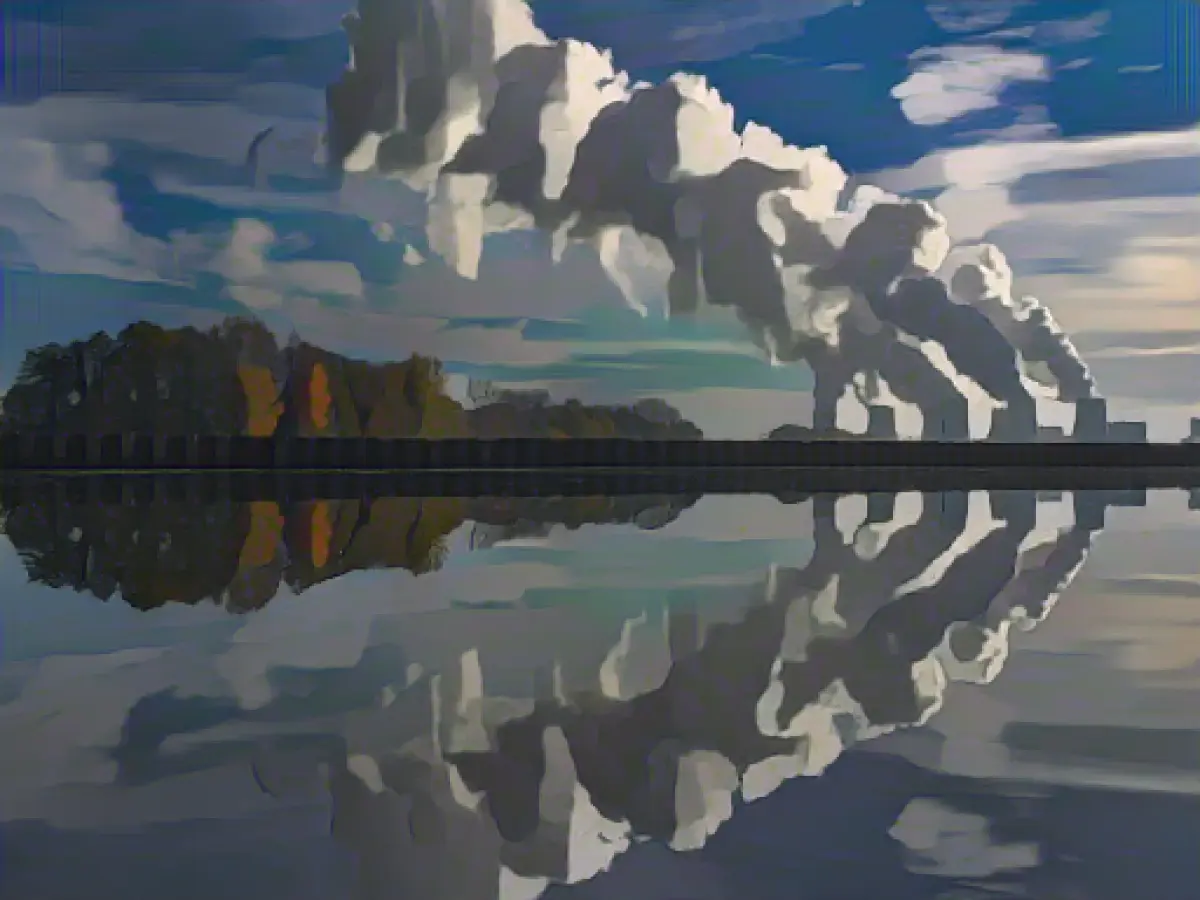Production at Jänschwalde opencast mine to end soon
Coal mining in the Jänschwalde open-cast mine ends on New Year's Eve - preparations are already underway to reclaim the landscape. However, the operator Leag must first secure the mine. According to information from Friday, the state mining authority has issued an order to ensure that safety is maintained until the final operating plan is available in a few months' time and that no legal vacuum is created in the meantime. The main operating plan from 2020 applies until the end of the year.
Lignite has been mined in the opencast mine since 1976. According to the company, the total production volume will be around 660 million tons by the end of the year. The opencast mine supplies the Jänschwalde power plant, which is to be decommissioned at the end of 2028 as part of the coal phase-out.
Leag's safety measures in the Jänschwalde open-cast mine include a 300-metre-wide drainage layer on the lowest mining area. It forms the basis for the reutilization of the area. The layer of water-permeable material is intended to stabilize the slope dumps. Accumulated dump water is to be drained away in a controlled manner. The lowering of the groundwater must be in a certain proportion to the slope system, explained Thomas Koch, Head of Geotechnics and Reclamation.
Lakes instead of open-cast mining
Three lakes are to be created on the site of the open-cast mine by 2045. According to Leag, decisions on the location, size and flooding are still pending as part of the approval process. For the concept, dumps have to be redistributed in such a way that three hollow shapes are created. The edges are then compacted. Up to 200 million cubic meters of dump material will be relocated. "We will see continued operation at the open-cast mine site because the large-scale equipment will be used for this," explained Koch. The relocation, compaction of the soil and modeling of the lakes will take around six years. Flooding can then begin.
For comparison: the area is around three times the size of the Cottbus Baltic Sea. The former Cottbus-Nord open-cast mine closed in 2015 and has been flooded since 2019. It is set to become the largest artificial lake in Germany.
"Don't leave the coal lying around"
The F60 conveyor bridge and other heavy equipment are still working their way through the open-cast mine. Coal mining was supposed to end at the end of the year. However, there are currently around 50 meters missing to completely fill the surface filter, explained Koch. This is why coal is still being extracted and burned in the power plant. "The fact is that we can't leave the coal lying around." The state mining authority has therefore ordered the temporary use of the large-scale equipment. The aim is to reach the "geotechnically safe final position", explained Matthias Kuhle, head of opencast mine planning. The work could last until April.
According to Leag, around 500 people are currently working in the open-cast mine. Around 200 are to be deployed for the reclamation of the landscape. Once the surface filter has been completed, around 300 employees will work at the other Leag open-cast mining sites in Welzow-Süd, Nochten and Reichwalde (Saxony) or will retire.
The closure of the Jänschwalde open-cast mine, which has been mining coal since 1976, will not only mean the end of energy production but also a opportunity for environmental reformation. The state mining authority has ordered Leag to ensure safety and prevent a legal vacuum until the final operating plan is available, allowing for a gradual transition to a more sustainable energy source and the creation of lakes on the mining site, potentially mitigating the impact on the climate. Despite coal being the main source for the power plant, which is due to be decommissioned by 2028, efforts are being made to safely extract and utilize remaining coal reserves to avoid waste.
Source: www.dpa.com








